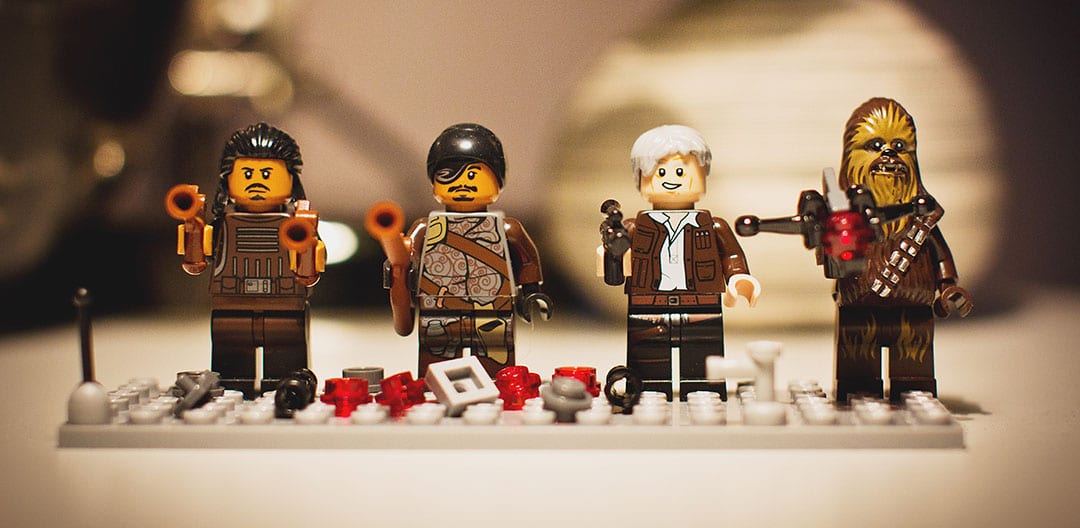Atkin: How not to kill your loyalty program
]]>]]> By Mike Atkin
By Mike Atkin
Millions of consumers all over the world actively participate in customer loyalty programs. It’s not difficult to see why consumers embrace them: loyalty programs can save them money, and sometimes even earn them something free. Moreover, modern engagement-based programs with mobile and gamification elements can be fun.
What do brands get out of it? If your brand has long eschewed a loyalty program—or if you’re currently running one that has garnered only lukewarm support from the unconvinced C-suite—then you may find it difficult to quantify what, if any, value a loyalty program offers a company.
Well-crafted loyalty programs can, in fact, deliver rewards for brands too. Forrester Research, Inc.’s 2014 report “The Loyalty Program Participants Profile” illustrates the potential benefits to a brand. Here are a few key benefits:
Loyalty program participants stick around longer. Of the over 4,500 respondents to the survey, 64% of those who regularly participate in a loyalty program say they are more likely to stick with a brand they like. Building a strong program that drives desired customer behaviors promotes stronger loyalty and keeps your customers around longer.
Program participants pay more. Fifty percent of active loyalty program members say they’re willing to pay more for products or services that save them time or hassle (compared to 36 percent for those that rarely participate). Not only can your program drive customers to greater loyalty, but those customers may pay more for your products or services too.
Program participants recommend more. Loyalty program members’ willingness to share their positive perceptions with other consumers is another key brand advantage. Forrester found that while just 33% of inactive members tell friends and family about new brands, products, or services that they have discovered, 52% of active loyalty program members do so. The more your customers participate, the more vocal they become.
Of course, these benefits hinge on a major caveat – your rewards program must be well crafted. Forrester also revealed that, when it comes to driving incremental business, many loyalty programs fall short. Only half of program participants surveyed agree that “Loyalty programs influence what I buy” or “Loyalty programs influence how much I spend.”
How can a program manager know whether a loyalty initiative is living up to its full potential? Recognizing and avoiding these ten most common program pitfalls can help keep your program top of mind with your best customers:
1. Failing to deliver on ROI. Loyalty program are expensive to launch and operate. Are you maximizing return on investment, or are you missing up-sell and cross-sell opportunities?
2. Poorly aligning with the brand promise. Your loyalty program is an extension of your brand. If the program diminishes the customer experience, it’s doing more harm than good.
3. Not building deeper customer relationships. People don’t want to feel like they’re just another transaction. Demonstrating that you truly value your customers’ business secures your brand in their hearts and minds.
4. Treating all customers the same. Different customers have different needs, and frequent customers seek different benefits than occasional customers. For maximum impact, your program should personalize benefits to key customer segments.
5. Lacking differentiation. Run-of-the-mill rewards limit your program’s ability to shift customer spend away from your competition.
6. Missing out on mobile. The convenience of a mobile app that allows customers to earn and redeem currency or benefits digitally often tops the effect of physical cards.
7. Failing to evolve with the times. A successful loyalty program stays tuned into customers’ ever-changing needs and re-evaluates offers frequently.
8. Offering bland perks. For high-value customers, truly relevant soft benefits motivate them to consolidate their spending with you.
9. Being too complicated. Even the most attractive program falters if customers have to jump through hoops to earn rewards – their experience should be as enjoyable as possible.
10. Not listening to your customers. Loyalty programs excel at facilitating dialog—and an open dialog is crucial to addressing evolving customer needs and pain points.
By avoiding these common mistakes, you can ensure that your program delivers consistent and sustained value to the brand. Ultimately, loyalty programs are about building brand loyalty among current and prospective best customers. Brand loyalty organically leads to higher sales and thicker margins. Technology, customer behavior, and market conditions may change—but if your program is built to last, it will evolve to pay dividends for a long time to come.
Mike Atkin is chairman of the Customer Strategy Network.




